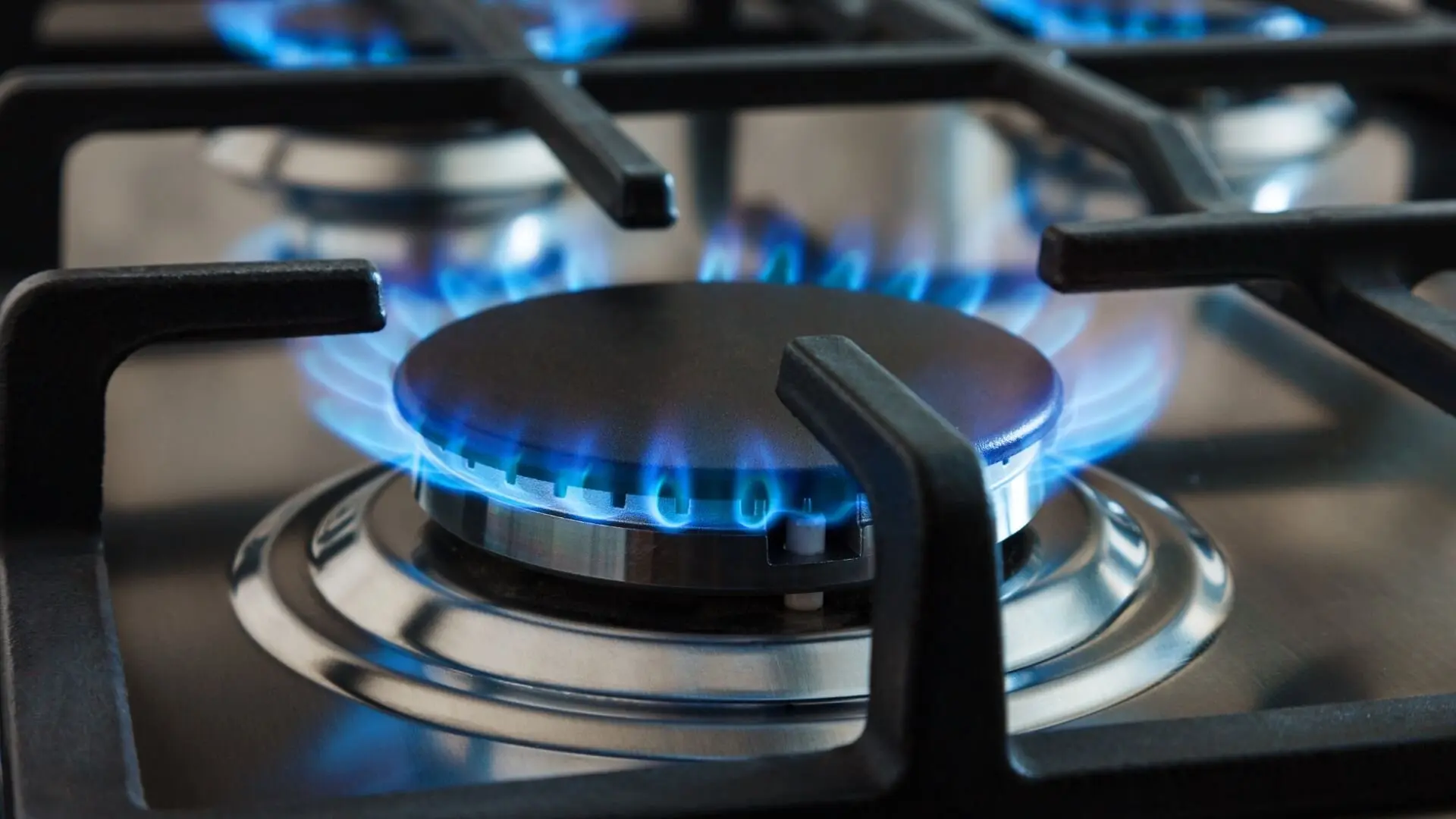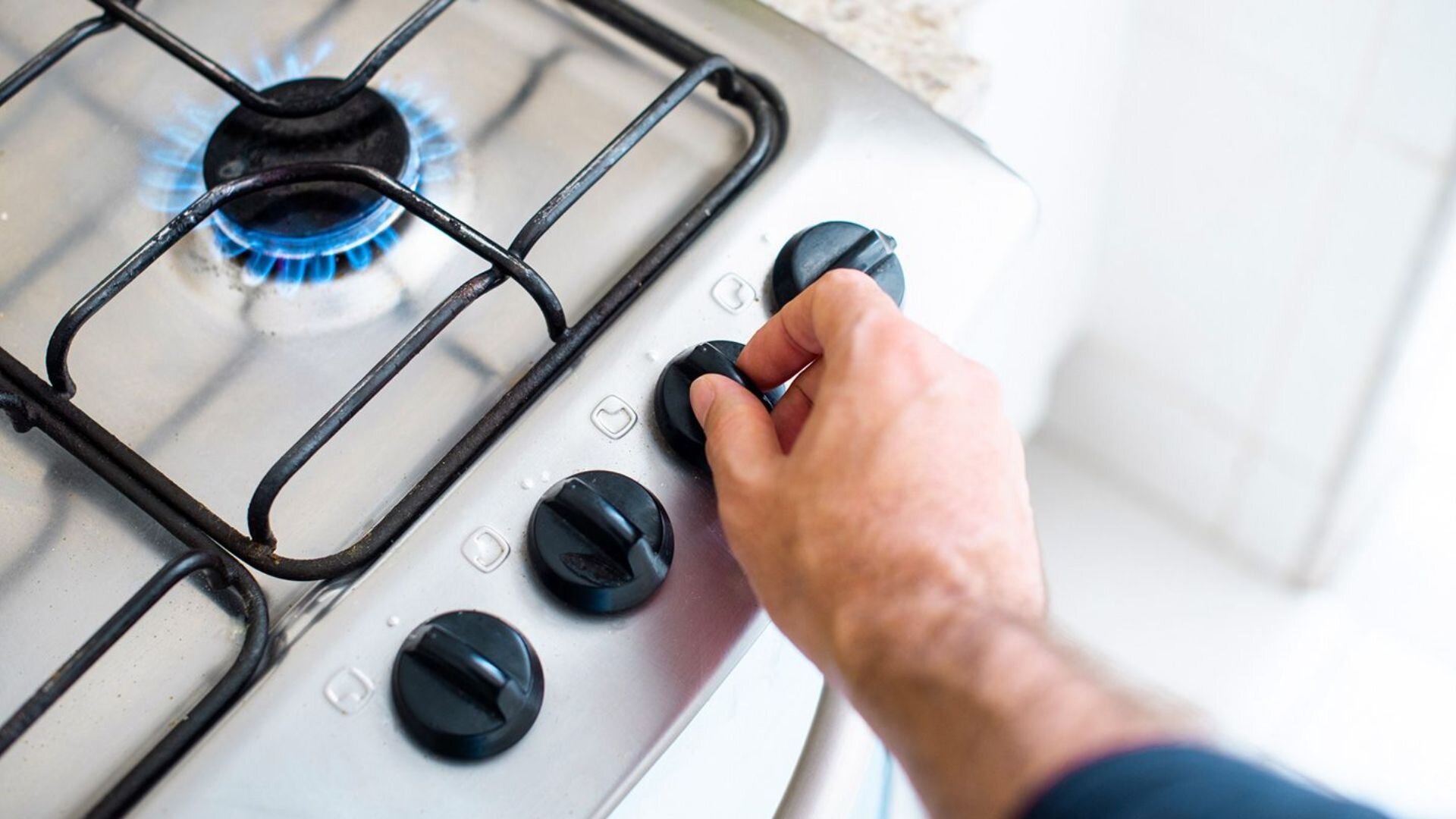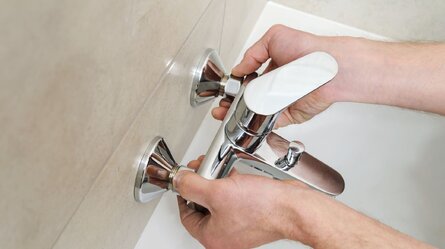Ever turned the knobs on your gas stove and marveled at how quickly the flames appear to heat your pots and pans? Have you ever stopped to think about what makes gas stoves tick?
With years of experience in gas fitting, I often get questions about the mysterious dance between gas lines, burners, and ignition systems that convert fuel into cooking heat.
In this blog, I’ll pull back the curtain on the hidden processes behind modern gas stoves. Whether you’re picking out a new model or trying to fix a burner, understanding these mechanics is a real game-changer.
Gas Stove Components
First, let’s look at the essential parts that make up a typical gas stove:
- Burners - The circular burner heads where flames ignite to heat cookware on the stovetop. There are often 3-5 burners.
- Ignition System—This system creates a spark or flame to light the gas exiting the burners. It can be a pilot light, electronic ignition, or push-button igniter.
- Gas Valve - Controls the gas flow to the burners, opened by the control knobs. It allows you to adjust the flame height.
- Gas Line - The gas supply line brings fuel to the stove from your household pipework. It needs to be correctly fitted.
- Oven - The gas-heated oven underneath the cooktop. Has a separate gas supply, igniter and burner.
These core components work together to deliver and ignite gas for cooking. Now, look at how the gas stove produces flames on your burners.
How Burners Create Flames
Gas burners use piped natural gas or LPG fuel to create flames for cooking. The burner gas stove works through a process that starts when you turn the control knob. This opens the gas valve and allows fuel to flow to the burner. As the pressurised gas exits the burner holes, it mixes with air. The ignition system then creates a small flame or electric spark at the burner. This ignites the gas, making the larger open flames you see.

By turning the knob, you can adjust the gas flow and flame height higher or lower. The flames then heat the bottom of pots and pans on the gas cooktop burner grates. So, the burners act as conduits, delivering gas from the supply lines and mixing it with air to create a combustible gas that can be lit into cooking flames.
The ignition source starts the flames, and the gas control knobs allow you to adjust their intensity for tasks like simmering or boiling. The burner gas stove creates cooking flames through the controlled flow and ignition of natural or LPG gas.
How the Ignition System Works
Gas stove ignition systems produce a small flame or spark to light the burner gas exiting the stove. There are three main types:
1. Standing Pilot Lights
One type of ignition system is the old-fashioned standing pilot lights. This uses a small, constantly burning natural gas flame inside the stove. Turning the knob opens the gas valve to the burner, where the existing open pilot flame instantly ignites the released gas.
The advantage of standing pilot lights is they provide instant ignition as soon as the gas is released. However, the downside is that they waste fuel by constantly burning a flame, even when unnecessary. The pilot light ignition relies on a small open natural gas flame that is always lit inside the stove to ignite the gas instantly when released to the burners.
2. Electronic Ignition
Another modern ignition system is electric ignition. With electric ignition, you turn the knob to release the fuel gas, then press a separate ignition button which creates an electrical spark to light the stove burner.
The benefits of an electric gas hob include energy use only when igniting the burner, reducing the risk of gas leaks compared to a continuous pilot light. However, you might notice a slight delay when turning the knob before the spark ignites the flame. Plus, the spark mechanism has more parts susceptible to wear and tear over time.
In essence, the electric spark ignition system lets you light the burner on demand using an electrical spark, avoiding the need for a constantly burning pilot flame.
3. Continuous Ignition
A third type of gas stove ignition is continuous ignition. This is similar to electric ignition but without pressing any buttons.
With continuous ignition, all you need to do is turn the control knob. This action sets off an automatic spark that keeps firing until the burner’s gas flame is fully lit. The big plus here is quick ignition with hardly any delay, and there’s no button to press, making it highly convenient.
On the flip side, the sparking mechanism is a bit complex and can be prone to mechanical failure over time. In short, all gas stove ignition systems work by turning a knob that releases gas. Meanwhile, a starter—be it a pilot light, spark button, or auto spark module—lights up the gas into cooking flames.
Why Lighting Burners Makes a “Pop” Sound
You’ve probably noticed that gas stove burners make a slight popping sound when ignited. This is caused by a delayed ignition of some of the gas. Here’s why this popping occurs:

When you open the gas valve, fuel rushes swiftly to the ignition source. The initial gas hits the flame or spark, sparking an instant “whoosh”. But there’s a brief delay before all the gas ignites, leading to a slight pressure build-up. The sudden expansion makes that familiar popping sound when the rest of the gas catches fire.
This delay between the first ‘whoosh’ and the full ignition of the gas is what creates that pop. It’s perfectly normal physics, so no worries about hearing a pop when your burners light up! It’s just staggered ignition in action.
How Oven Gas Supply And Ignition Works
A gas oven also relies on a controlled gas supply, ignition source, and burners like the cooktop. However, some key differences exist in how oven gas supply and ignition work.
The oven gets its fuel through its own set of gas lines and valves, distinct from the cooktop. The burners are tucked inside, usually at the back or bottom of the oven, instead of open grates. They’re lit either by a pilot light or an electronic spark igniter.
These internal burners mix gas and air to ensure even flame coverage throughout the oven. Thermostats and temperature probes work together to keep your baking temperature spot on. When it hits the right temp, the gas supply shuts off automatically.
So, while gas ovens rely on the same principles of regulated gas flow and ignition as the cooktop burners, they use specially designed internal burners to evenly spread heat throughout the cavity rather than producing open grates flames. However, the core gas combustion functionality between the cooktop and oven remains unchanged.
Why Choose Gas Stoves? Benefits Explained
Now that you understand the workings of gas stove ignition and burners, what are the benefits of gas stoves?

Precise Direct Heat
Gas burners heat pots and pans directly, allowing more precise control and immediate temperature adjustments. You get even heat distribution for cooking many dishes.
Faster Boiling and Heating
The powerful open flames and immediate heat of gas stovetops boil water faster. They also heat up quicker for tasks like searing meats.
Lower Operating Costs
Gas stoves are often cheaper to operate per hour than electric models. Gas is generally a lower-cost cooking fuel.
Versatile Oven Heat
Gas ovens heat via internal burners that distribute warmth evenly. This allows versatile baking, broiling, roasting and more.
Natural Flavor
Cooking over real open flames adds signature flavour and charring that you can’t replicate with electric or induction.
Reliability
Gas stoves, with their simpler electronics, tend to last longer and require fewer repairs, making them a reliable choice for your kitchen.
Troubleshooting Common Gas Stove Issues
Of course, even reliable gas stoves can run into problems. Here are some frequent gas range issues and their likely fixes:

Burners won’t ignite:
- Dirty/clogged burner holes - clean them out with a stiff brush.
- Faulty igniter - replace the pilot assembly or spark module.
- Gas line issues - check shutoff valves, leaks, and kinks.
Small weak flames:
- Low gas flow - inspect the gas lines for blockages.
- Blocked burner holes - clean any debris blocking holes.
Burner flame yellow or orange:
- Dirt in the burners - clean them thoroughly.
- Possible gas line restriction - have supply inspected.
Burners ignite, but oven won’t:
- Oven sensor/thermostat fault - test and replace.
- Separate oven gas line problem.
Gas smell:
- Immediately turn off the stove and locate any gas leaks with leak detector spray.
- Knowing how your gas stove functions helps narrow down and fix any problems. But call in a technician for significant issues or gas leaks.
Time to Choose the Best Gas Stove
Now that you know what makes gas stoves tick and their benefits, you can choose the perfect model for your kitchen.
Look for solid burners, convenient ignition, and smart gas line routing. Focus on a spacious oven with features like convection baking and self-cleaning. Always have your new gas range professionally installed and connected to handle the gas supply safely.
For assistance picking and installing gas stoves or troubleshooting stove problems, don’t hesitate to contact us at Woolf Plumbing & Gas in Perth. Our local gas fitters can help install, repair and maintain your gas stoves!
Gas Stove FAQs
Are gas stoves better than electric stoves?
Gas stoves have advantages over electric models, such as faster heating, lower operating costs, and more authentic open-flame cooking flavour. However, electric stoves provide more precise and even better-suited heat for certain dishes. Gas and electric stoves both have pros and cons.
Do gas stoves require ventilation?
Yes, gas stoves release combustion products like carbon monoxide, so they must be used with proper overhead ventilation hoods that vent outside. Adequate ventilation is a must for the safe operation of gas stoves.
How often should I clean my gas stove burners?
Most gas stoves benefit from having their burners cleaned every few months. Use a stiff brush and hot, soapy water to remove any debris in the burner holes that can block gas flow. Clogged, dirty burners can cause ignition issues.
What’s the difference between gas ranges and gas cooktops?
Gas ranges are full, freestanding stoves with cooktop burners and a built-in gas oven. Gas cooktops are standalone units with just the stovetop burners, which can be mounted on a countertop or paired with a separate wall oven. Gas cooktops give more flexibility in kitchen designs.




